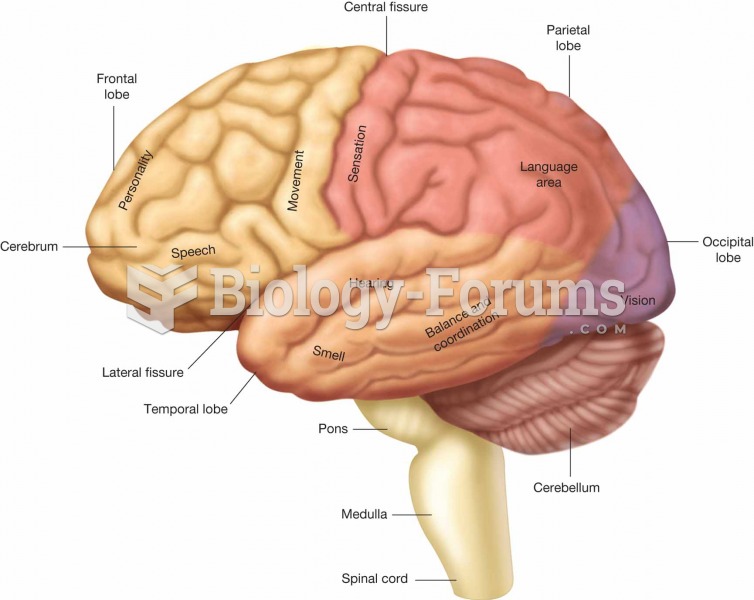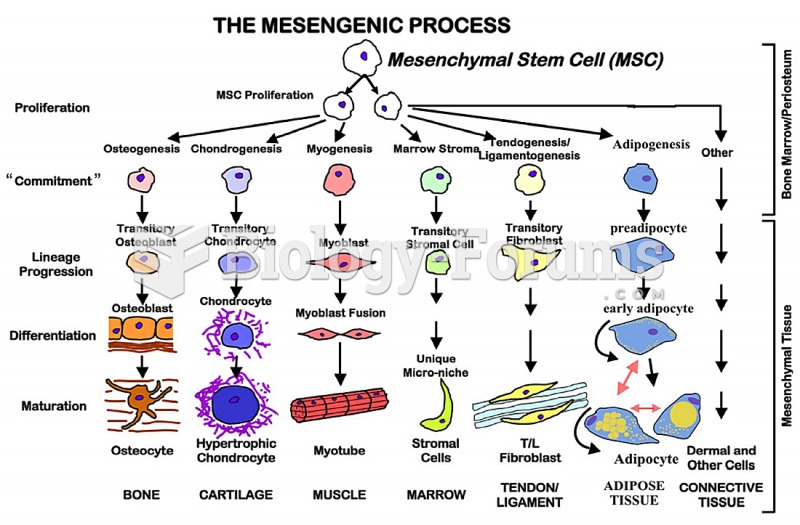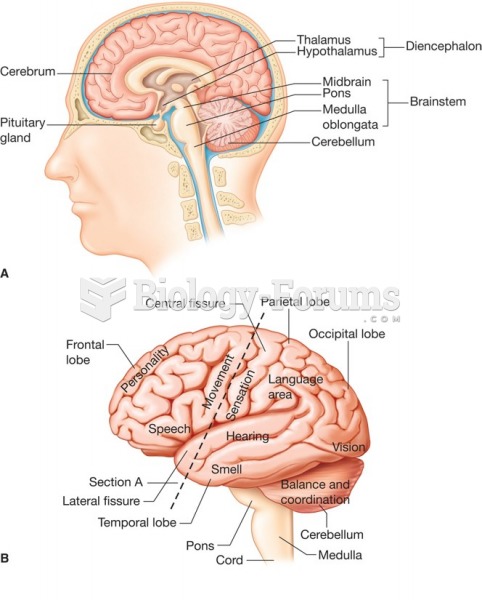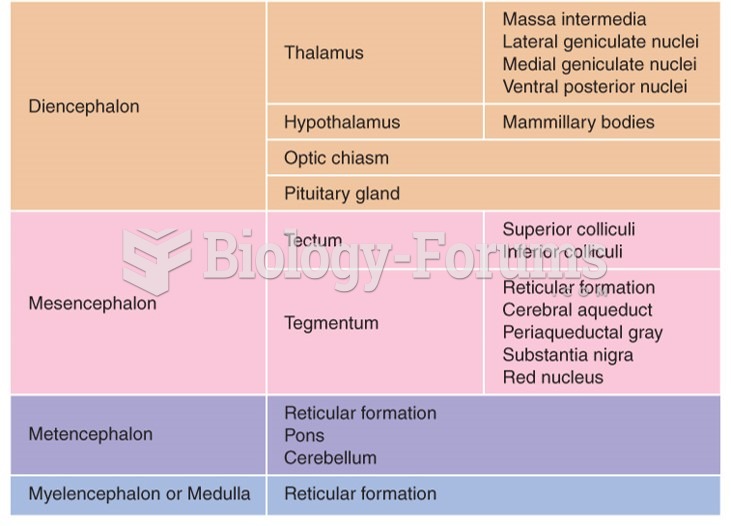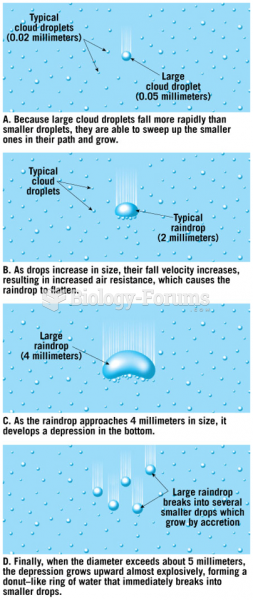Answer to Question 1
B
Answer to Question 2
An English economist named David Ricardo developed the theory of comparative advantage in 1817. He proposed that, if one country held absolute advantages in the production of both products, specialization and trade could still benefit both countries. A country has a comparative advantage when it is unable to produce a good more efficiently than other nations but produces the good more efficiently than it does any other good. In other words, trade is still beneficial even if one country is less efficient in the production of two goods, as long as it is less inefficient in the production of one of the goods.
For example, suppose that investor Warren Buffett has previously installed many hot tubs and can do the job in one week, twice as fast as the hot tub installer. Thus, Buffett now holds absolute advantages in both investing and hot tub installation. Although the professional installer is at an absolute disadvantage in both hot tub installation and investing, he is less inefficient in hot tub installation. Despite his absolute advantage in both areas, however, Buffett would still have to give up 200,000 (one week's pay) to take time off from investing to complete the work. Is this a wise decision? No. Buffett should hire the professional installer to do the work for 10,000. The installer earns money he would not earn if Buffett did the job himself. And Warren Buffett earns more money by focusing on his investing than he would save by installing the hot tub himself.
The theory of comparative advantage makes several important assumptions that limit real-world application of the theories. First, it is assumed that countries are driven only by the maximization of production and consumption. This is often not the case. Governments often get involved in international trade out of a concern for workers or consumers.
Second, the theories assume that there are only two countries engaged in the production and consumption of just two goods. This is obviously not the situation that exists in the real world. There currently are more than 180 countries and a countless number of products being produced, traded, and consumed worldwide.
Third, it is assumed that there are no costs for transporting traded goods from one country to another. In reality, transportation costs are a major expense of international trade for some products. If transportation costs for a good are higher than the savings generated through specialization, trade will not occur.
Fourth, the theories consider labor the only resource used in the production process because labor accounted for a large portion of the total production cost of goods at the time the theories were developed. Moreover, it is assumed that resources are mobile within each nation but cannot be transferred between nations. But labor, and especially natural resources, can be difficult and costly to transfer between nations.
Finally, it is assumed that specialization in the production of one particular good does not result in gains in efficiency. But we know that specialization results in increased knowledge of a task and perhaps even future improvements in how that task is performed. Thus, the amount of resources needed to produce a specific amount of a good should decrease over time.



